


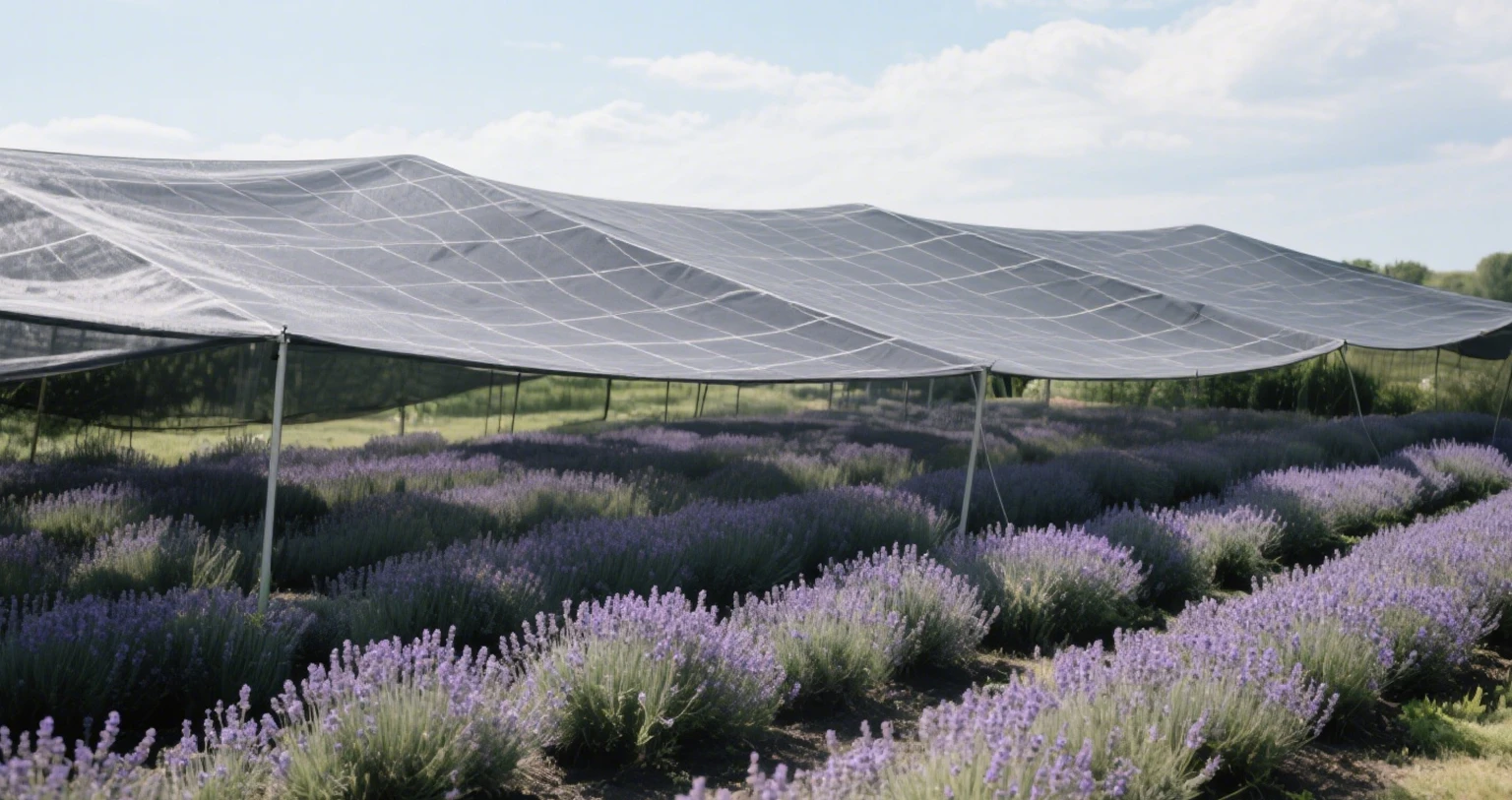
HONREL AGRICULTURE supplies camo shade netting alongside standard shade net, insect netting, and woven ground cover.
Camo shade netting—also called camouflage netting for shade—is a practical alternative to plain shade net on working farms. It delivers cooling and glare reduction while visually blending into orchards, berry rows, hedgerows, and mixed plantings. For operations that grow, harvest, pack, and sell on site, the softer look of camo helps structures disappear into the landscape without giving up the benefits of shade netting for plants. This guide from HONREL AGRICULTURE explains when to use camo shade on the farm, how to match it to crops and tasks, and how to plan installation for reliable, low-maintenance performance.
Camouflage cover netting is a sort of camouflage netting that is actually made to give both disguise as well as shade. It mixes the features of conventional camouflage bring in, which is actually utilized to blend into natural environments, with the functionality of shade fabric, offering defense coming from the sunlight and also lowering glare. This creates it suitable for a wide array of outdoor applications, including hunting, backpacking, and creating shaded regions in gardens or outdoor patios.

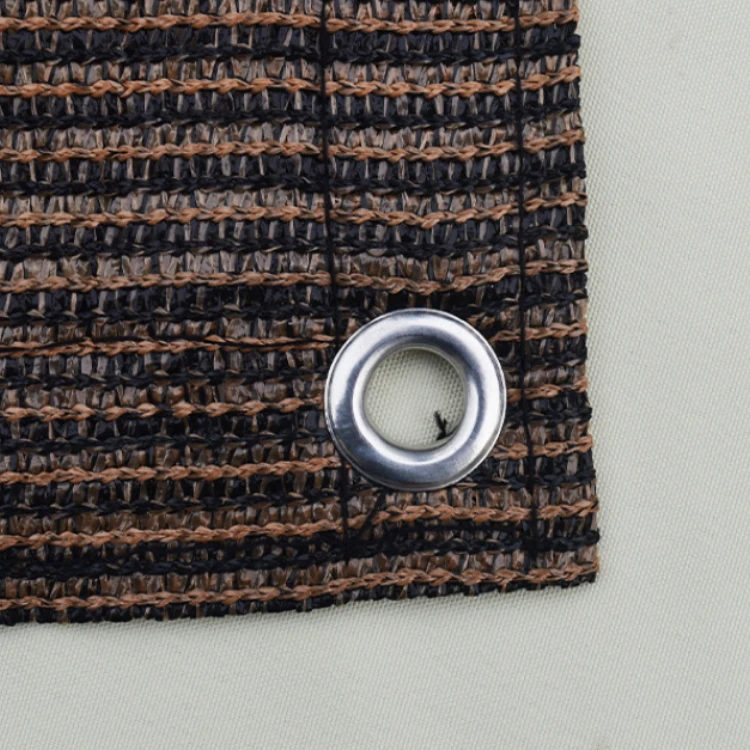
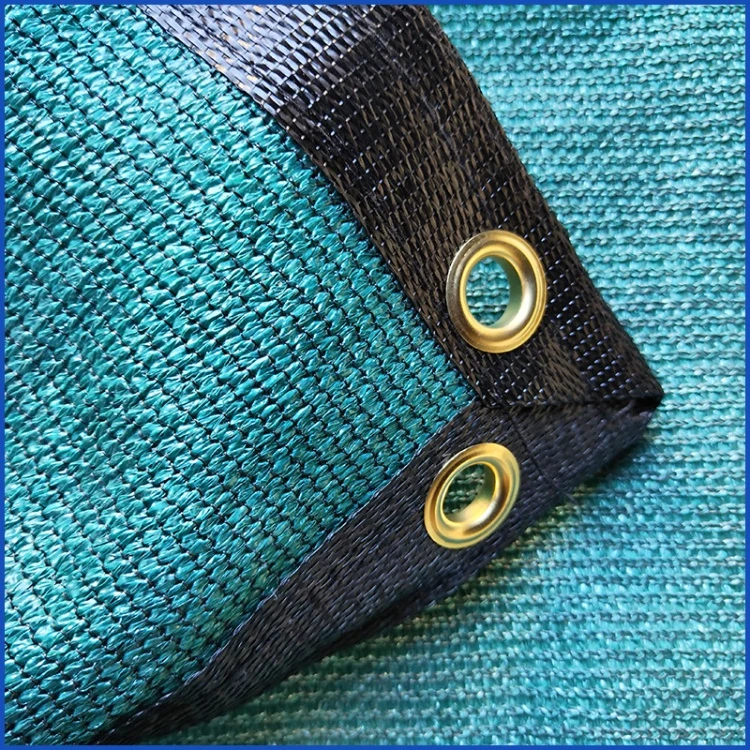
Choose camo when visual integration matters as much as cooling and plant protection:
If pure functionality and cost take priority, a standard shade net is usually sufficient. If the site sits in a scenic or regulated corridor—or if branding/aesthetics matter—camo is a strong alternative.

Quality camo shade nets are made from outdoor-grade polymers with UV stabilization. Construction may be raschel-knit or woven; both aim for a balance of airflow, shading, and tear resistance. Look for even stitch density, stable selvedges, and finishing that resists fraying. For long runs or windy sites, reinforced edges or attachment tapes help maintain tension and extend service life.
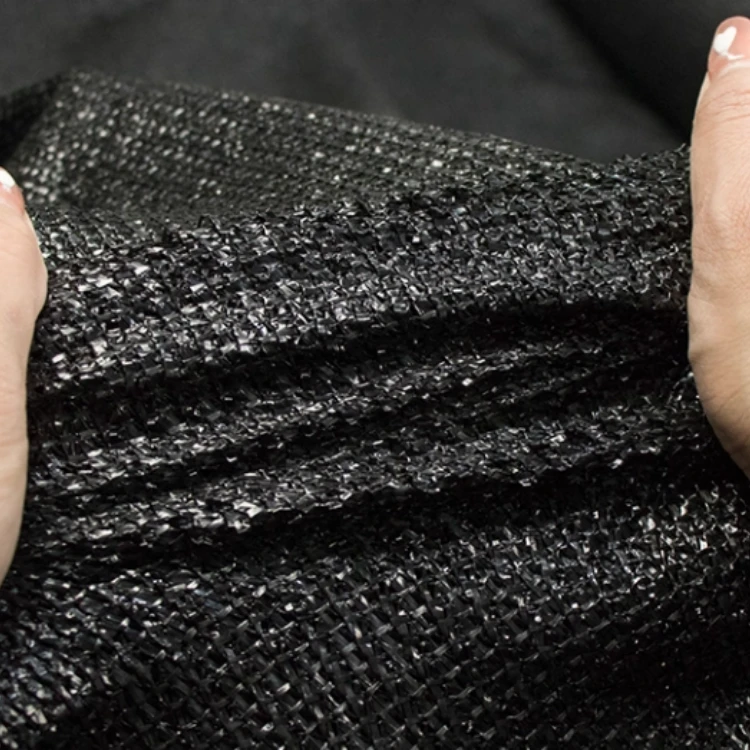
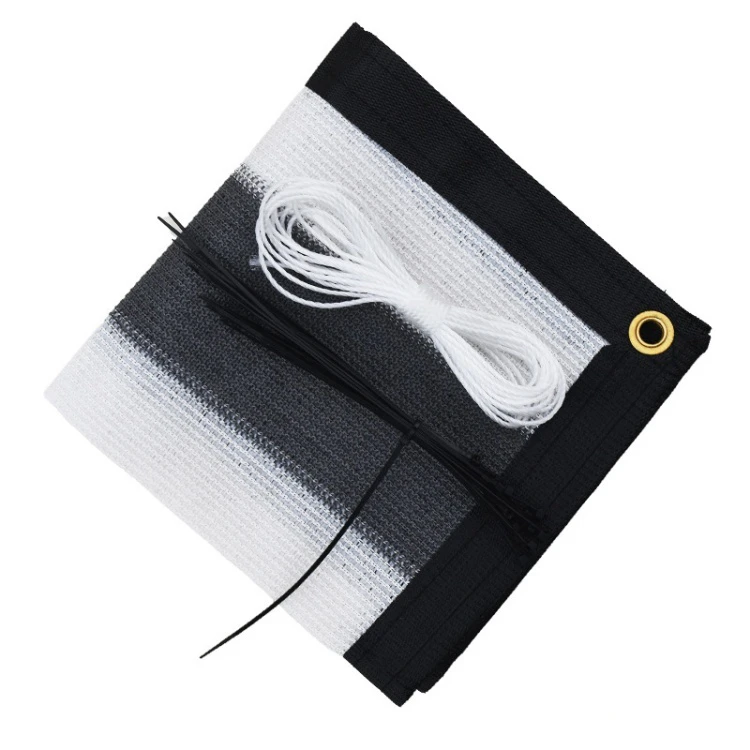

Plan orientation and panel sizes before cutting; pre-tension along primary load paths to prevent sagging. Use consistent fixing intervals and avoid point stress on the fabric; edge tapes or webbing spreads loads more evenly. Keep clear of sharp hardware; deburr contact points. Rinse dust and pollen periodically to maintain airflow. Inspect attachment lines seasonally and re-tension as needed, especially after storms.
As the manufacturer, HONREL AGRICULTURE supplies camo shade netting alongside standard shade net, insect netting, and woven ground cover. We offer OEM/private-label options (branding, labeling, packaging) and can align pattern, shade level, and finishing with your crop, climate, and structure. Documentation, installation notes, and logistics support are available for trade and project buyers.
Is camo shade netting suitable for edible crops?
Yes—choose food-production-friendly materials and shade levels appropriate to your crop; we’ll help match specs.
Can I combine camo nets with insect screens?
Yes—use insect nets on side vents and pair camo shade as roof overlays or customer-facing areas for aesthetics.
Will camo patterns create uneven shade?
Quality designs diffuse outlines without harsh patching.
What about wind?
Use reinforced edges, proper anchor spacing, and tensioning. For very exposed sites, consider segmented panels.
Do you provide samples or pilot pieces?
We can arrange samples or pilot panels and provide artwork proofs for OEM programs.